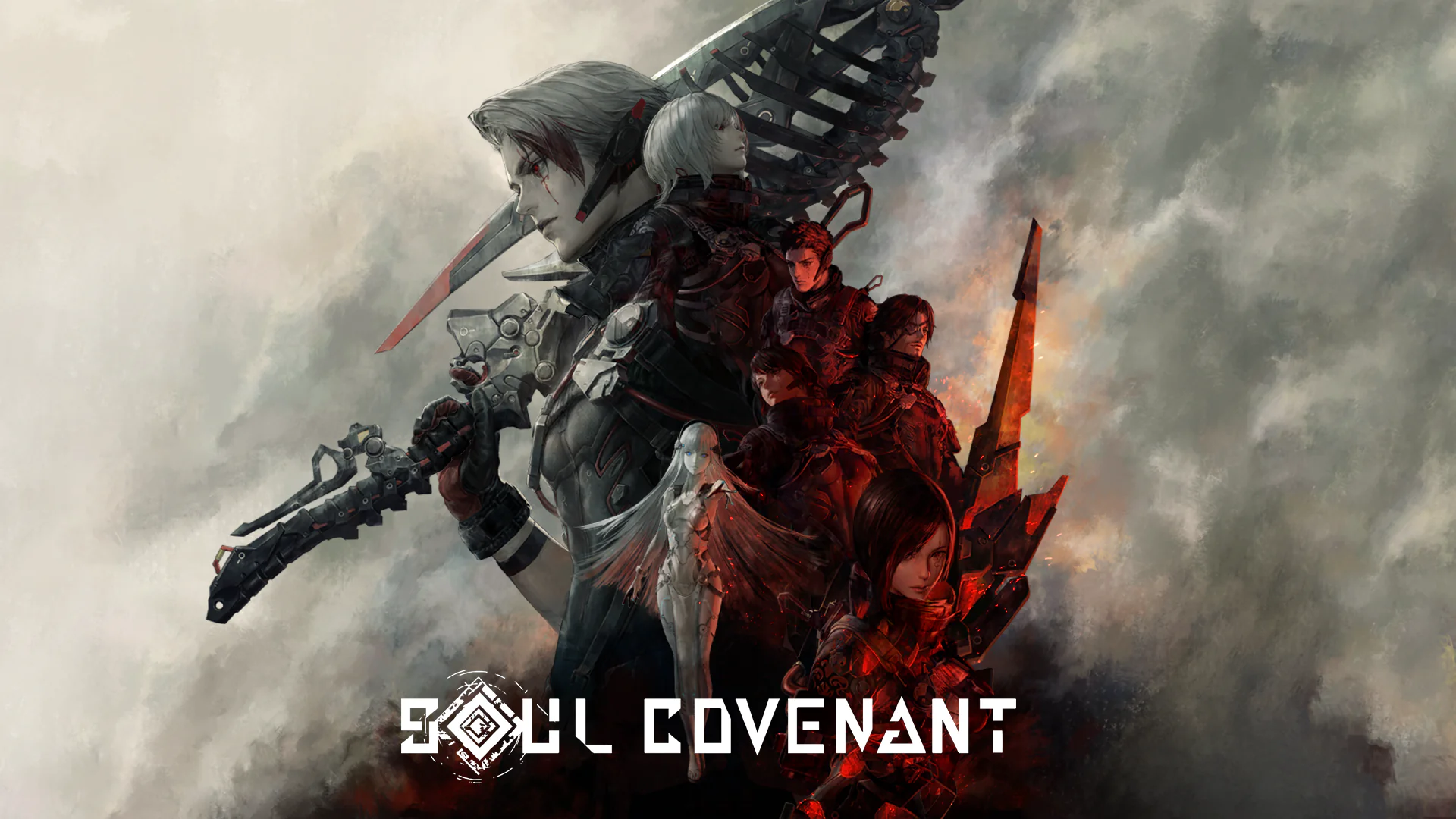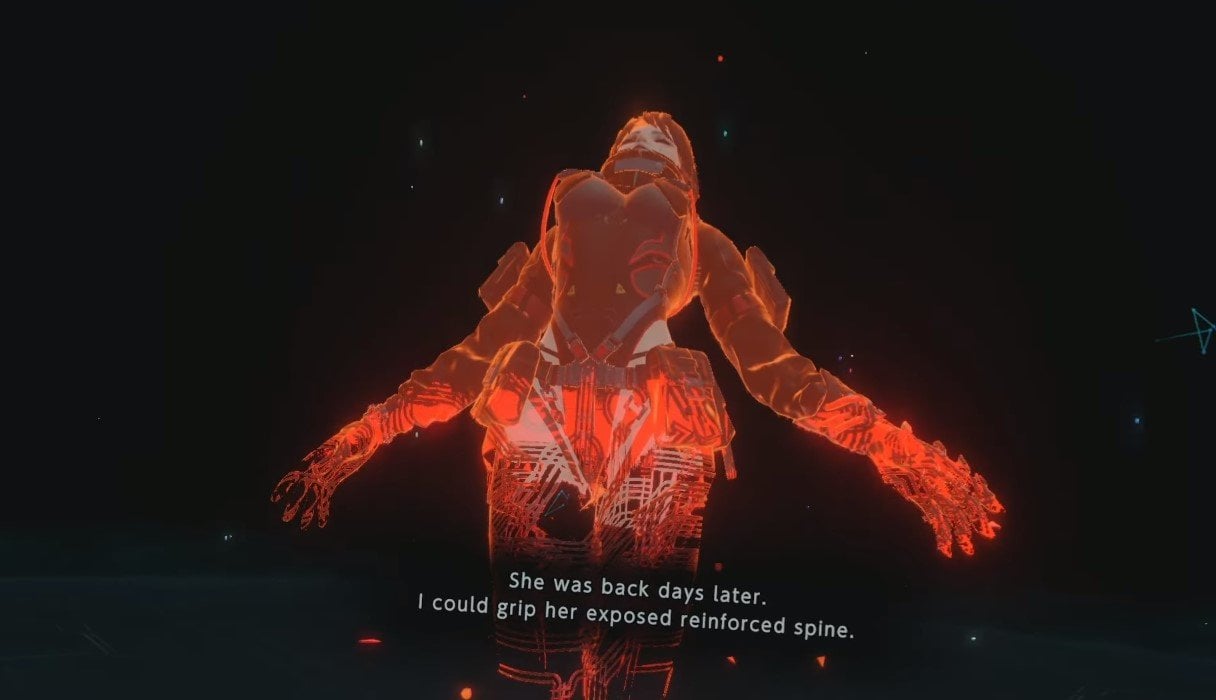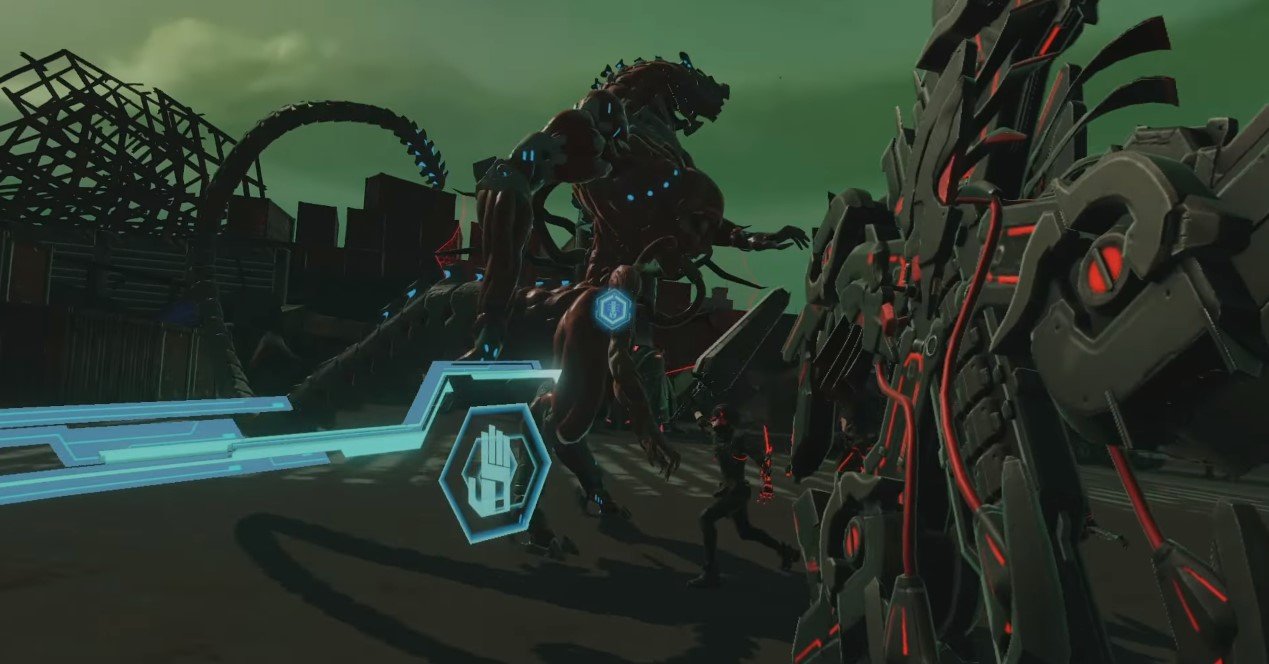Reviews
Soul Covenant Review (PSVR2, Meta Quest, & PCVR)

On paper, Thirdverse’s newest VR venture, Soul Covenant, seems to have plenty to offer. Even as you’re transported into a surreal cyberpunk world and inducted into an anime-inspired narrative, you do feel a certain warmth over the adventure that lies ahead. However, as you seep further and further into the game’s deepest trenches and finally trudge over to putting your controller down at credits rolls, something feels off.
Something you can’t quite put a finger on because, in truth, Soul Covenant isn’t without massive potential to break through the VR world’s current standard. So, what went wrong? And just how dire are the drawbacks? Enough to wait for a sale, maybe? Enough to consider alternative, more worthwhile options? Let’s find out in our Soul Covenant review below.
From the Bones of the Fallen, We Rise

Humanity lies at the brink of extinction. Adam, a super-intelligent artificial intelligence with a god complex, wants to wipe out the human race. He sends out minions, wildly alien and savage, to clear out any remaining human folk. The solution, it seems, is to harvest the memories of the fallen and upload them into the cloud.
Eve, the AI on the human side, also fashions a cyborg being off of the bones of the fallen and uploads the memories of the soldiers who gave their lives in battle. Eve calls the protagonist Noah, who takes on an avatar’s role, going out into the ravaged world and wiping out as many of Adam’s minions as he can. If Noah dies in battle, he’s only reinstalled into a new cyborg body, and on and on the cycle continues.
Well, that’s about the best I can do to relay the premise that Soul Covenant brings to the table. It’s definitely anime-like, with fans of the genre doubtlessly screaming with joy as the story unravels. Even the voice acting sounds cyborg-like, as do the character models, who don pretty cool weapons fashioned from the bones of fallen soldiers.
However, despite a premise worthy of a standalone anime series, the story’s momentum kind of dies out the more battles you fight. Apparently, it seemed like a good idea to sandwich battles between story parts. So, that’s two-thirds more of the story as opposed to combat, the gameplay section, which I presume many fans will be hoping to chew on.
Less Talking, More Action

Grab a seat if you can. This one’s going to shove its lore down your throat. And it doesn’t help either that the story sequences are essentially still images and PowerPoint-like dialogue ‘told’ to you rather than'shown” So much opportunity burns up in flames here, and with such a breathtaking neon punk world, Thirdverse could have used to its advantage.
The point of VR is to be immersed into a world so surreal and different from your own; you want to always return to escape from reality. However, Soul Covenant misses the mark here, sticking to its flat-screen guns. In truth, it may very well be an anime-inspired game visually adapted for viewing rather than interacting with.
Perhaps the issue with the story, because it truly is intriguing at its core, is a repetitive world. See, visually, Soul Covenant looks fantastic. In VR, characters and environments come to life, even as you walk past colossal beasts and slay down grotesque creatures. You wield mega swords and axes that stretch out before you, hacking and slashing through metal with ease and sending tidbits of body parts crumbling before you.
It’s incredibly flashy, too, with each attack donning stunning effects that look cooler with more upgrades. However, when you take out your magnifying glass to scan through the backdrops and haphazardly throw about cars, buses, tanks, and crates. None of it pulls you in because not much thought has been put into the details and meaning behind it. It doesn’t help push forward the narrative or draw variety in the arenas you clear out.
Hack, Hack, and Slash

Anyway, combat holds priority. It’s in the name that, besides an anime-inspired narrative, Soul Covenant is a hack-and-slash title. And, true to word, you do hack and slash, physically, to the point of releasing bouts of sweat in just half an hour of play. It truly is physically tasking, manually swinging your arms to hack and slash through randomly, ever-so-persistently spawning waves of enemies coming at you.
In time, though, you quickly realize that hacking and slashing are all there is to it. Well, frantically doing so, with speed seemingly more important than skill or direction. As long as you swing your arms through an enemy, and as long as you do it as fast as possible, you’re good to go. For challenge, combat grows into, well, doing the aforementioned hacking and slashing, frantically, but more frequently to take down stronger foes.
It’s a shame that Soul Covenant doesn’t take the chance to surprise you. It doesn’t challenge you to think through your actions. In fact, bosses, who would be the enemies requiring some form of strategic play, have a weak point displayed for you. Whack your sword over and over again at the weak point and the boss will come tumbling down.
You’ll probably give it a few minutes of constant whacking because Soul Covenant doesn’t have an enemy health bar, or yours for that matter. There’s just no way to know the impact of your actions, and so, even as you take enemies down, it never quite feels rewarding. Now, you do have the option to upgrade your weapons and abilities. You do so by earning Monads in-game currency from every successful enemy conquest and using it to improve your game.
All About the Climb

By upgrading your weapons and skills, you can change your playstyle, inducing fresh takes on battles. You initially start wielding a one-handed weapon on your dominant hand and a cool-looking shield on your other. However, with time, you unlock new ways to fight, including dual weapon wielding, two-handed weapons, and more.
It helps change the pacing a bit, given how repetitive the missions are. Because at the end of the day, all you’re doing is killing a certain number of enemies, defending an essential facility, or fighting a boss alongside minions. Objectives don’t vary enough to keep you engaged, let alone repeated playthroughs.
Moreover, your movement is annoyingly slow, with no option to run and approach enemy targets across the arena faster. So, at least being able to change your playstyle helps smooth out the experience.
Oh, the demon blast is also pretty cool. It’s a supercharge ability that requires collecting souls from fallen enemies, and once it reaches a certain point, it allows you to briefly unleash a powerful laser blast on enemies. It looks and works in a fantastic way, you almost always can’t help using it up as soon as it’s ready.
And lastly, from a mechanical standpoint, Soul Covenant is sheer bliss.It controls perfectly, with responsive buttons. You even get touchscreen buttons in the menu selection items that can feel pretty seamless to work through. Yet, the buttons also feel a little too much, especially when you have to select the next story, watch it, return to the menu, select the next battle, play it, return to the menu, and select the next story… Something can surely be done to make it a little more cohesive.
Verdict

JRPGs haven’t always been the best genre to translate over to VR, and perhaps that’s the hurdle Soul Covenant hasn’t quite been able to jump through. It sticks to the flatscreen still images and narration guns, injecting too many story moments than need be in a hack-and-slash game. Admittedly, the premise is pretty good. Anime fans will likely love the core of it. However, the overall presentation and delivery just wound up feeling a bit more cringeworthy.
It takes a while to wrap your head around what’s going on. Then, much later, the game doesn’t bother to pull you further into its lore. It tells rather than shows you what’s happening and why you’re fighting off Adam’s minions. It tells you that your former commanding officer died off-screen, for example, and now, you’ll be wielding their spine as your next weapon. But that’s not nearly enough to care for and, thus, keep returning for more, especially with the immersive nature you’ll be hoping to find.
I wouldn’t blame you if you chose to skip all the story cutscenes altogether. Unfortunately, skipping the story unravels yet another major issue with the gameplay. Perhaps even, the story beats are there to make up for the hugely repetitive battle sequences. It’s unfortunate because I imagine many players will boot up Soul Covenant for the sheer rush of slaying monsters. However, combat quickly becomes a mindless wangling of your arms at enemies who start to feel similar. Just swing your arm, but faster this time and more frequently, is what progression ultimately builds to.
Soul Covenant isn’t a complete waste of time. So, I wouldn’t cast it aside just yet, especially because of its roughly $50 price tag. With a sale offer, it can prove to be a hugely worthwhile experience for anime fans.
Soul Covenant Review (PSVR2, Meta Quest, & PCVR)
A Soul-Binding Contract to Save the Human Race
Soul Covenant is far from perfect. Its story is convoluted at points. The battle sequences can feel repetitive. Movement can feel sluggish, and there are some more nitty-gritty cons here and there. Still, despite its cons, it holds the potential to champion more JRPGs in the VR space. Anime fans will love Soul Covenant’s lore. Meanwhile, any gamer will be happy to slay colossal monsters for the greater good.











